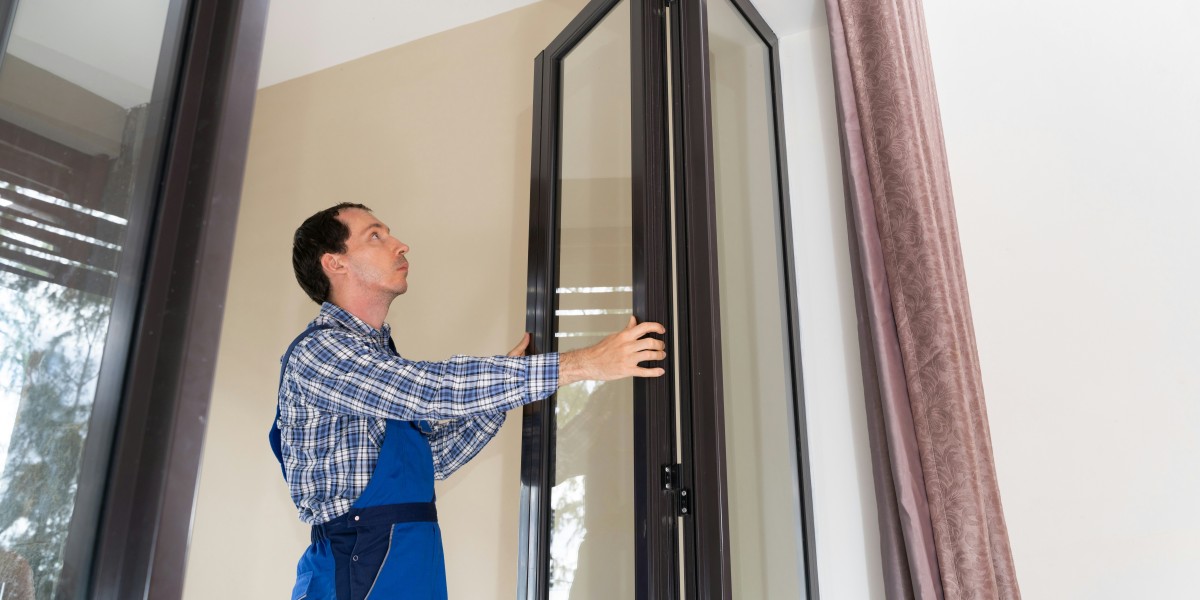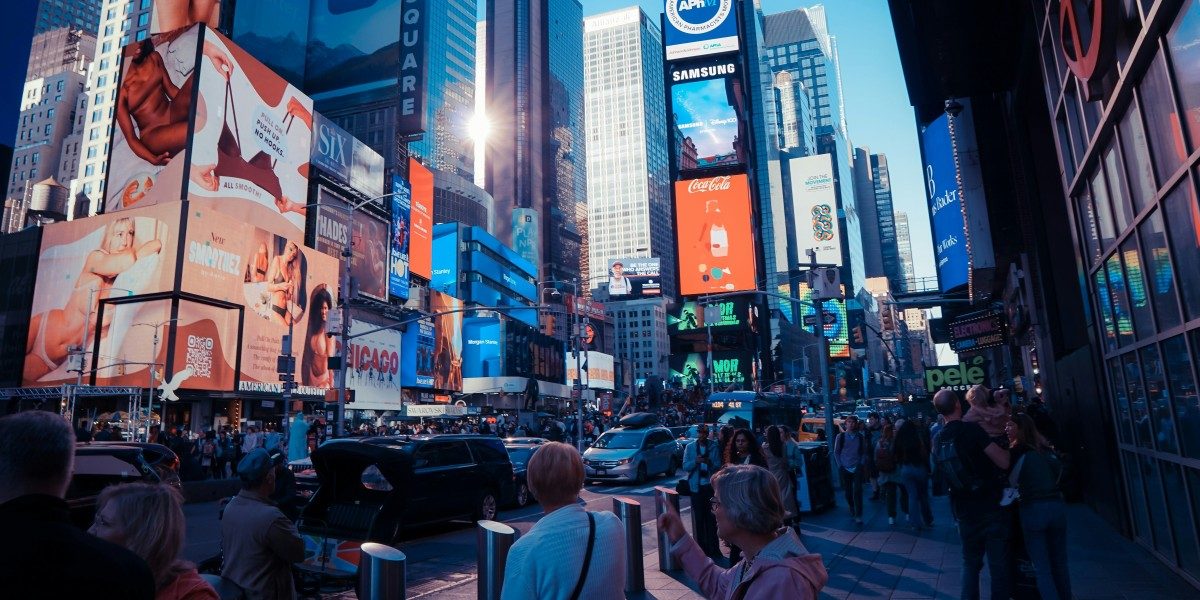The move to legalize legal basement apartments NYC is reshaping how developers and landlords view underused space. After years of debate, the city finally rolled out a rule-making package that gives thousands of homeowners and small-scale investors a chance to convert illegal basements into lawful housing. According to Crain’s New York, the plan was designed after recent floods exposed the dangers of unsafe, unregulated underground living — and the lost potential of affordable units that could meet housing demand if done right.
A Rule Born From Crisis And Opportunity
For decades, thousands of basement and cellar apartments across New York City existed in a legal gray area. Many provided affordable shelter but lacked permits, ventilation, or flood safety standards. When torrential rains and flash floods in 2021 claimed multiple lives in illegal basement homes, the city was forced to confront the issue head-on. The new framework introduces safety and code-compliance standards that will allow homeowners to officially convert and rent these spaces — provided they meet egress, height, and flood-mitigation requirements.
The reforms were designed with a dual purpose: improving safety while expanding New York’s housing supply without relying solely on new construction. It’s a strategy aligned with Mayor Eric Adams’ “City of Yes for Housing Opportunity,” a push to modernize zoning and encourage smaller-scale housing growth in existing neighborhoods.
How The Legalization Works
The rule applies primarily to one- and two-family homes, where basement conversions can be made into accessory dwelling units (ADUs). Owners will need permits for structural improvements, emergency exits, waterproofing, and electrical upgrades. Flood-prone areas will face stricter standards, requiring sump pumps, raised outlets, and elevated entrances.

Property owners who bring their basements up to code can apply for legalization through the Department of Buildings (DOB). Once approved, these new ADUs become legitimate rental units, protected under housing law. For landlords and developers, that means turning dead space into cash flow — legally.
A New Chapter For Landlords And Small Developers
From an investment perspective, the legalization creates fresh value streams. A finished basement that once risked fines now becomes a stable income-producing unit. Analysts estimate that converting even 10% of the city’s estimated 50,000 illegal basements could add tens of thousands of affordable homes over time.
That shift doesn’t just affect housing numbers — it could alter neighborhood economics. Communities like Queens, the Bronx, and Brooklyn, where single-family zoning dominates, will likely see the biggest wave of conversions. As these spaces enter the legitimate rental market, demand dynamics could shift, stabilizing rents in some micro-markets and boosting property valuations in others.
However, landlords must be strategic. Conversions come with upfront costs — from floodproofing to new exits — and compliance takes time. Savvy investors will need to factor in renovation budgets and possible rent caps tied to affordability programs. Still, the long-term payoff could outweigh short-term hurdles, especially for those in outer-borough neighborhoods with consistent tenant demand.
What It Means For The NYC Housing Market
The city’s move also signals a broader trend: leveraging existing space to ease the housing shortage. Instead of waiting for large developments to break ground, New York is betting on small-scale, distributed growth. The legalization of basements sits alongside broader reforms encouraging ADUs and mid-rise zoning along transit corridors.
For renters, it could mean safer, more regulated housing options at a time when vacancy rates for affordable apartments remain at record lows. For developers and investors, it’s an open call to explore properties with underutilized basements as part of a long-term growth strategy.
Steps For Investors And Property Owners
- Evaluate Properties: Identify basements that meet or could meet egress, height, and flood safety standards.
- Budget For Compliance: Expect to invest in waterproofing, ventilation, and structural reinforcement.
- Secure Permits Early: Work with licensed contractors familiar with DOB’s new ADU legalization track.
- Model ROI: Compare potential rental income to renovation costs and ongoing compliance fees.
- Stay Ahead Of Demand: Early adopters will benefit most as legalization drives a new wave of rental competition.
The Bigger Picture
This isn’t just a regulatory fix — it’s a shift in how New York thinks about housing. The legalization of basement apartments aligns safety, affordability, and opportunity in one policy. It turns hidden square footage into tangible economic value while protecting the lives of those who live there.
For developers, investors, and homeowners, this is more than a housing policy — it’s a signal of where the city is headed: smarter use of space, stronger safety standards, and a housing market that grows from the ground up — literally.
















